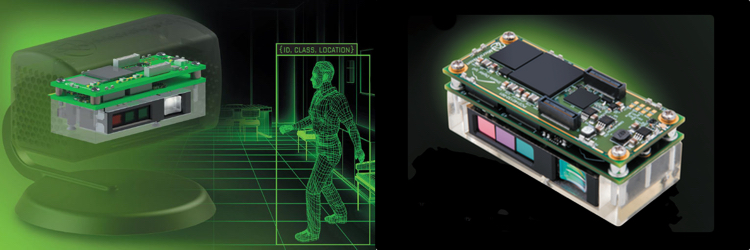For a technology once most popular as a survey tool, lidar has certainly seen a great expansion of its use cases in the last handful of years. Case in point: MicroVision, a company that specializes in very small projection and scanning technologies, has announced that it will be shipping its first MEMS-based “consumer” lidar “engine” this month.
The Explorer Edition is the first product in a planned family of consumer lidar devices, an integrated device that combines 3D-capture hardware with some kind of software (they’re unclear about this part) that will provide low-latency 3D data to “enable differentiated solutions for artificial intelligence or AI-connected devices.” MicroVision offers a few potential use cases, mostly in the home automation arena: smart door locks, smart TVs, smart lights, smart vacuums, and so on (but who knows what else you could use it for?).
Let’s talk specs. The system promises a throughput of 15.5 million points per second, with an option to increase up to 20 million points. It has a range of 10 meters, FOV of 64° x 36°, angular resolution of 0.1° x 0.1°, and a frame latency of 16.7 milliseconds. Depth accuracy is 1% of range. As you would expect from a company called MicroVision, the product is also pretty small: 64mm x 26mm x 23mm.
If the Explorer Edition reminds you of Microsoft’s latest Kinect release, the Azure Kinect DK, you’re right. However, though both sensors are intended for AI applications, there is at least one important functional difference. Microsoft’s device is optimized for use with its Azure cloud-computing platform, while MicroVision’s is designed explicitly for processing environmental information on the device itself, using machine-learning to build maps and track objects.
“By packing the solution with machine learning at the edge,” the company says, “actionable data is provided directly to the application, eliminating the need to send raw sensor data to the cloud for processing. This results in reduced system latency while maintaining user privacy.”
Another important difference is that the company is not clear about how, exactly, you can get your hands on one of these lidar sensors, or how much they’re going to cost. This suggests that the company is looking for an OEM deal, but if you’re interested, try contacting the company directly.






